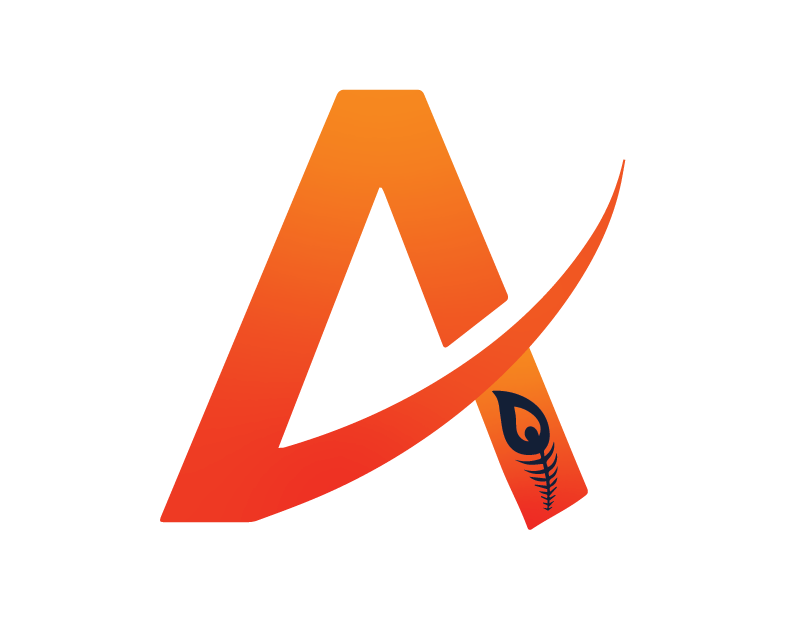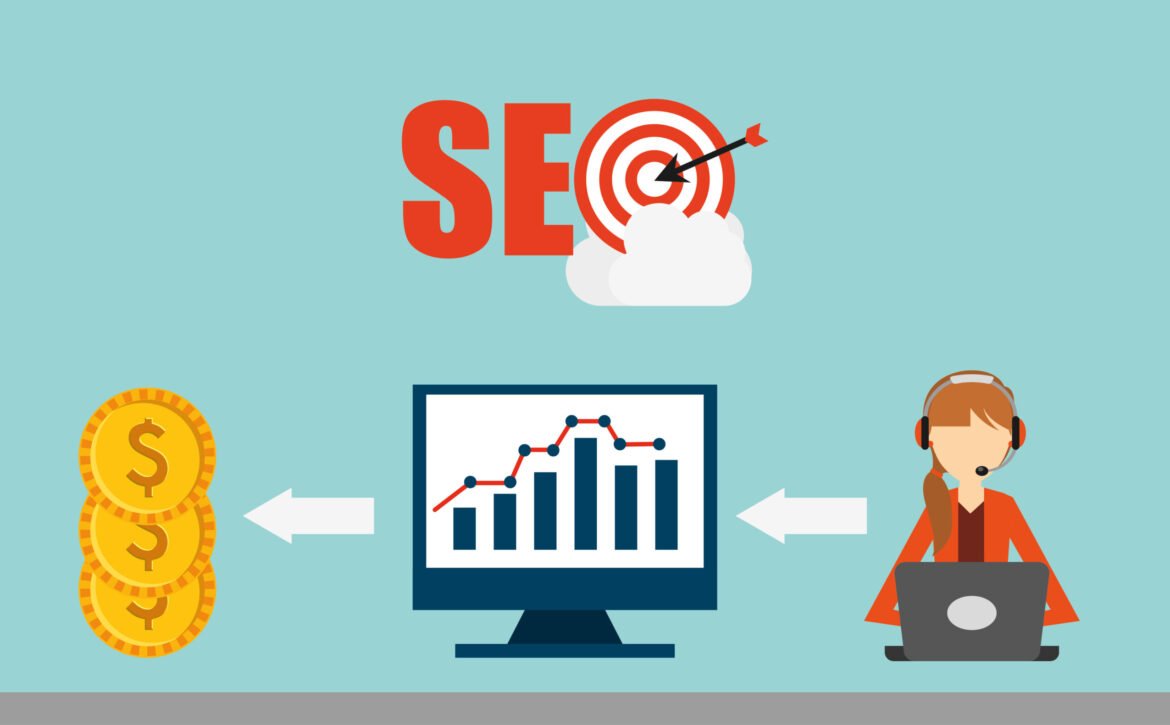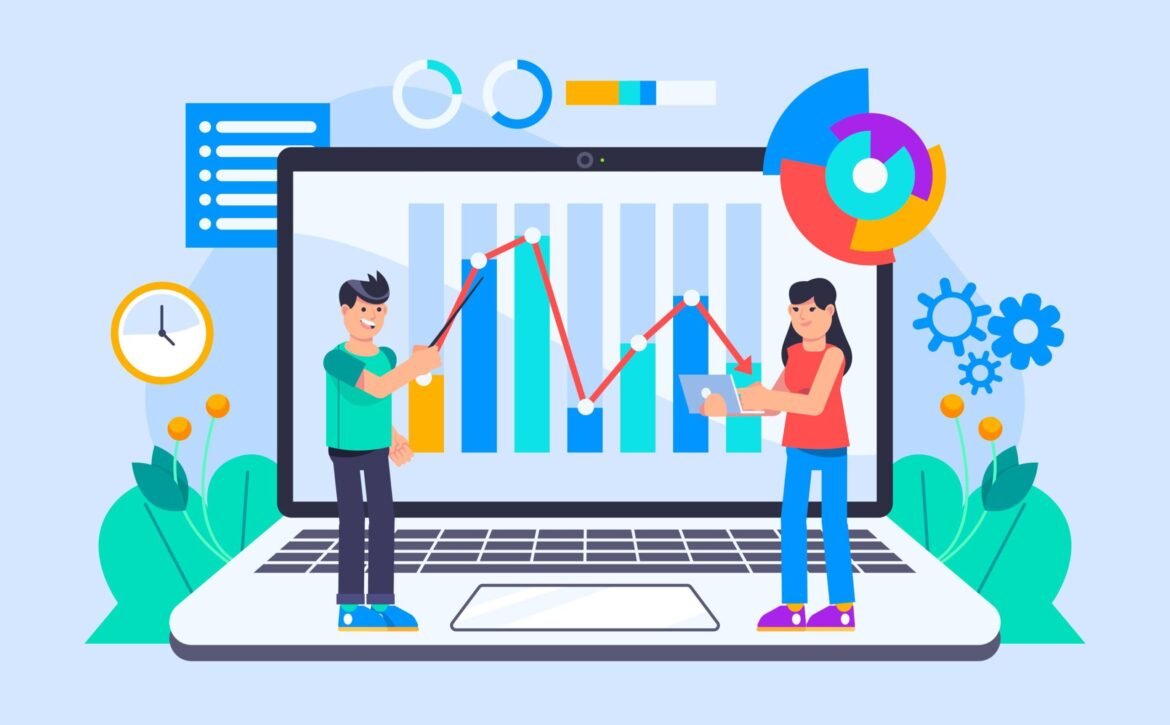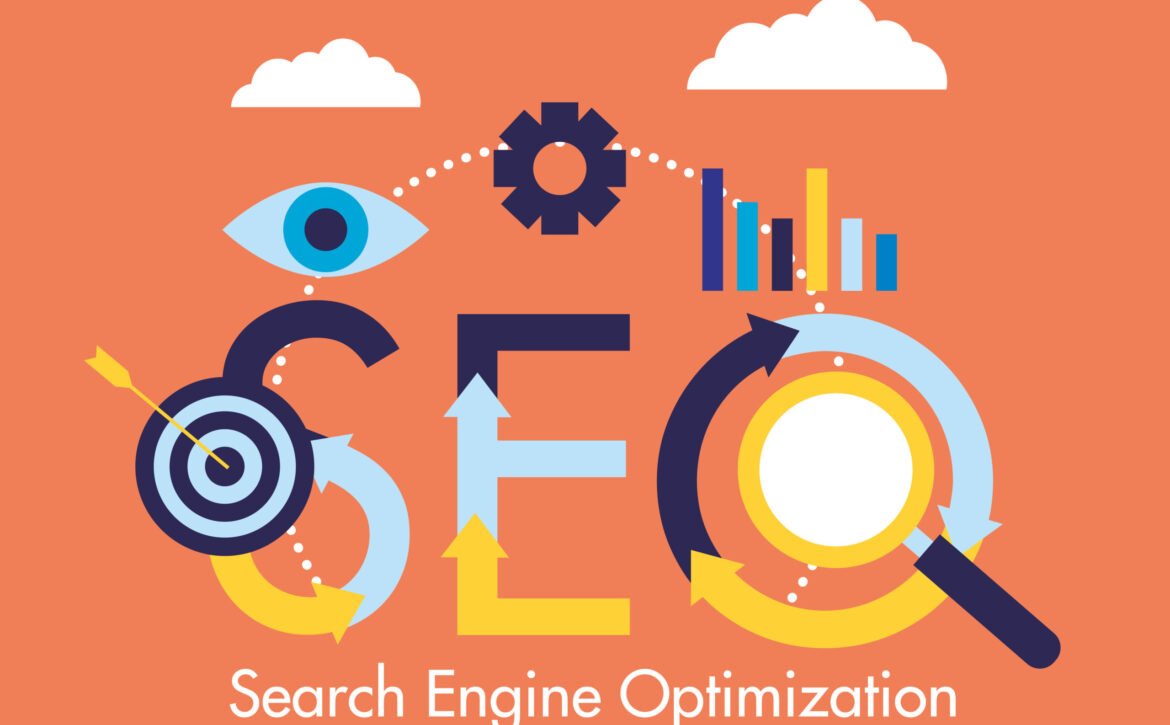Local SEO for Dermatologists: A Simple Guide to Getting More Patients
If you’re a dermatologist and want more local patients, local SEO (Search Engine Optimization) is key. Many people use Google to find dermatologists, check reviews, and book appointments. If your clinic isn’t showing up in searches, you might be losing patients to competitors.
This guide covers the basics of local SEO to improve your online presence and attract more patients.
1. Optimize Your Google Business Profile (GBP) Your Google Business Profile (formerly Google My Business) is essential for local SEO. It helps your clinic appear in Google’s local search results and Google Maps.
How to Optimize Your GBP:
- Claim & Verify Your Profile – Make sure your listing is verified on Google.
- Use Accurate Information – Your Name, Address, and Phone Number (NAP) should be consistent everywhere online.
- Select the Right Categories – Use “Dermatologist” as the main category and related services as secondary ones.
- Write a Clear Business Description – Explain your services and location.
- Add High-Quality Photos – Include images of your clinic, staff, and patient results (with consent).
- Enable Messaging & Booking – Let patients easily contact you or book appointments.
2. Get More Positive Reviews
Reviews impact your ranking and influence patients’ decisions.
How to Get More Reviews:
- Ask Patients After Appointments – Send a simple follow-up message.
- Make It Easy – Share a direct link to your review page.
- Respond to Reviews – Thank patients for positive reviews and address concerns professionally.
- Use Review Tools – Platforms like Birdeye or Podium can help automate review collection.

3. Optimize Your Website for Local SEO Your website plays a big role in local SEO rankings. Focus on these areas:
- Use Local Keywords – Add terms like “dermatologist in [city]” or “skin doctor near me.”
- Create Location-Specific Pages – If you have multiple locations, make a unique page for each.
- Display Your Contact Info – Add your clinic’s name, address, and phone number to every page.
- Make Your Site Mobile-Friendly – Most searches happen on phones.
- Improve Page Speed – A fast website improves SEO and user experience.
- Embed a Google Map – Show your clinic’s location on the contact page.
4. Get Listed in Online Directories Local directories boost your credibility and SEO rankings.
Top Directories for Dermatologists:
- Google Business Profile
- Yelp
- Healthgrades
- Zocdoc
- RealSelf
- Facebook Business Page
- Bing Places
- Better Business Bureau (BBB)
Ensure your business details match across all platforms.
5. Create Useful Local Content Publishing relevant content helps attract patients and improve rankings.
Ideas for Content:
- Blog Posts: “How to Treat Acne in [Your City],” “Top Skin Care Tips for [Your City]’s Climate.”
- Videos: Office tours, patient testimonials (with consent), or procedure explanations.
- Local Events: Sponsor or speak at events and feature them on your website.
6. Build Local Backlinks
Backlinks (links from other sites to yours) help boost your rankings.
How to Get Local Backlinks:
- Partner with Local Businesses – Exchange links with spas, pharmacies, or wellness centers.
- Get Featured in Local News – Offer expert advice on skin-related topics.
- Join the Local Chamber of Commerce – These groups often provide backlinks to members.
7. Use Social Media for Local Engagement
Social Media increases your clinic’s visibility and attracts patients.
Best Practices:
- Use Local Hashtags – Example: #DermatologistNYC, #SkincareLA.
- Tag Your Location – Add your city or neighbourhood in every post.
- Partner with Local Influencers – Collaborate with beauty and wellness influencers.
- Run Local Ads – Use geo-targeted ads on Facebook and Instagram.
8. Track Your Local SEO Progress Regularly monitor your SEO efforts to see what’s working.
Useful Tools:
- Google Business Profile Insights – See search views, clicks, and calls.
- Google Search Console – Track keyword rankings.
- Google Analytics – Analyze website traffic.
- Moz Local or BrightLocal – Check your citation accuracy and rankings.
Final Thoughts Local SEO is essential for attracting more patients to your dermatology clinic. By optimizing your Google profile, gathering reviews, improving your website, and building local citations, you can increase your online visibility.
Need expert help? Achyutam Technology specializes in Local SEO for dermatologists. Contact us today to improve your search rankings and grow your practice!










